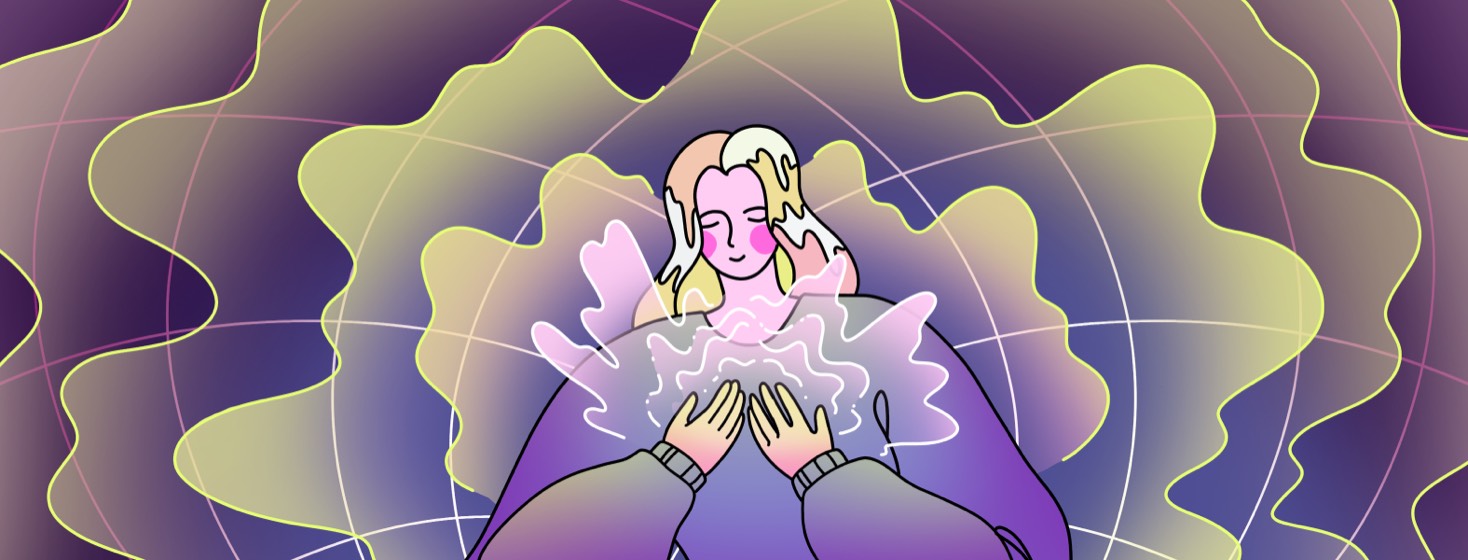Disability Pride Month With a Rare Disease
Disability Pride Month is celebrated in July to commemorate the signing of the Americans with Disabilities Act (ADA) in 1990. As someone with a congenital rare disorder that causes physical disabilities, I've sometimes found it difficult to navigate my place in the intersections between the rare disease and disability worlds.
Claiming my space in both the rare disease and disability world has been life-changing, but also has not been an easy place to find myself sometimes.
Finding my place in the rare disease and disability worlds
In the rare disease world, I sometimes feel like a lot of what is discussed does not apply to me. My rare disease is congenital, meaning I was born with it, and it will not dramatically change over time. It's not something that can (at least with current medical knowledge) be cured with pharmaceuticals.
In the disability world, I sometimes feel that I am also out of place. I have a myriad of physical conditions that are indeed disabling at times but I don't fit neatly into a disability "box" – I find myself choosing "other," "neurological disorder," or sometimes even "rare disease" among the myriad of choices given to describe myself.
The benefits are worth the struggle
But even if I sometimes struggle to find my place in the disability community because my disability is rare, the benefits I've received from self-identifying as disabled and embracing that identity are worth the struggle. It gives a word to the physical struggles I have from my rare disease, and gives me a community
Being part of the disability community unites me with people who share communal experiences, challenges, and successes. The disability community offers me tips on how to live my life with some of the physical challenges I experience, how to avail myself of services and programs that might help me enhance my quality of life, and gives me people to look up to.
Tips for becoming involved in disability pride
1. Find what disability pride means to you!
Is it personal pride in ability to deal with what is thrown at you medically and persist? Is it pride in disability history? Is it a certain performer or author who makes you proud of creativity in the disability community? It can be lots of things at once, and it can be evolving.
2. See what your local disability community is doing!
Your local Center for Independent Living is a great organization for discovering your disability community resources and people.
4. Embrace social media!
Even if you just lurk, social media can be fun. Hashtags such as #DisabilityPride, #DisabledAndCute, and even just #disabled – you'll find both disabled content creators both doing advocacy work and just sharing their lives, both disability-related and not.
5. If you are able, volunteer or follow local disability organizations!
Local nonprofits provide a great insight into what your local disability community is doing, everything from adaptive recreation opportunities, travel advice, equipment exchanges, and social events. Even if you cannot volunteer, keeping up with these organizations gives great insights into what is happening around you.
The most important part of Pride, in all its forms, is to turn emotion into action. I'm hopeful that this Disability Pride Month will help make the world better for the disability, including the rare disease disability, community.

Join the conversation